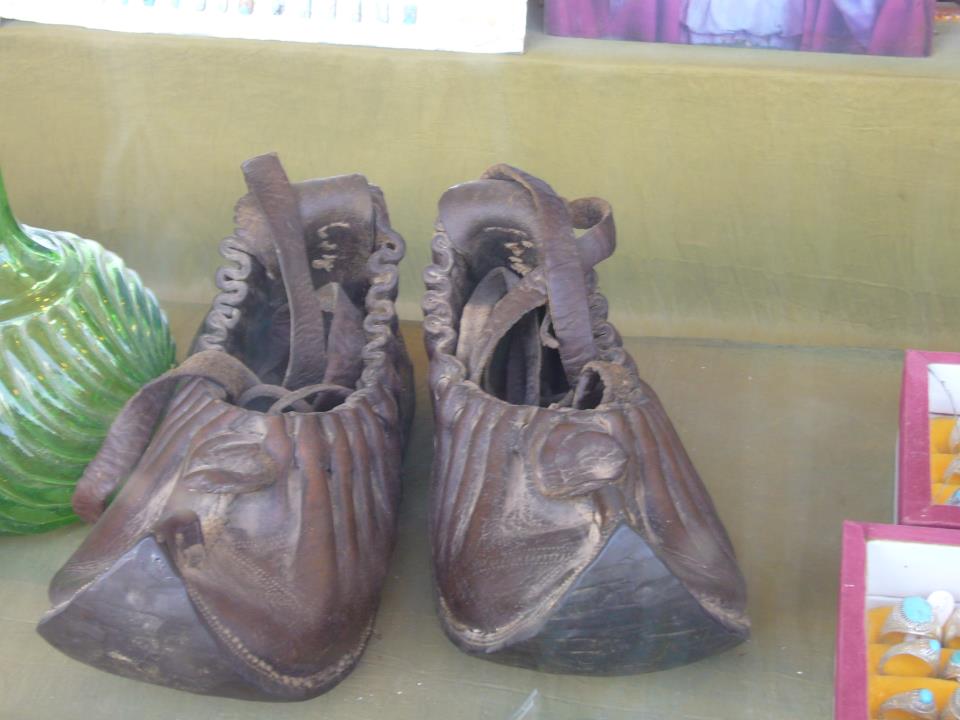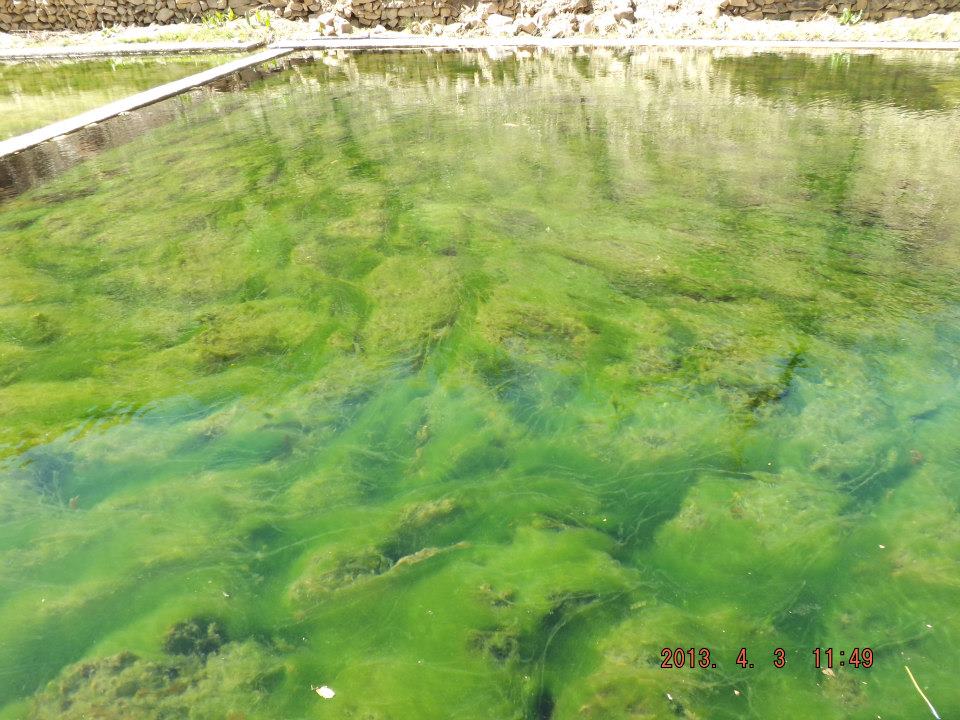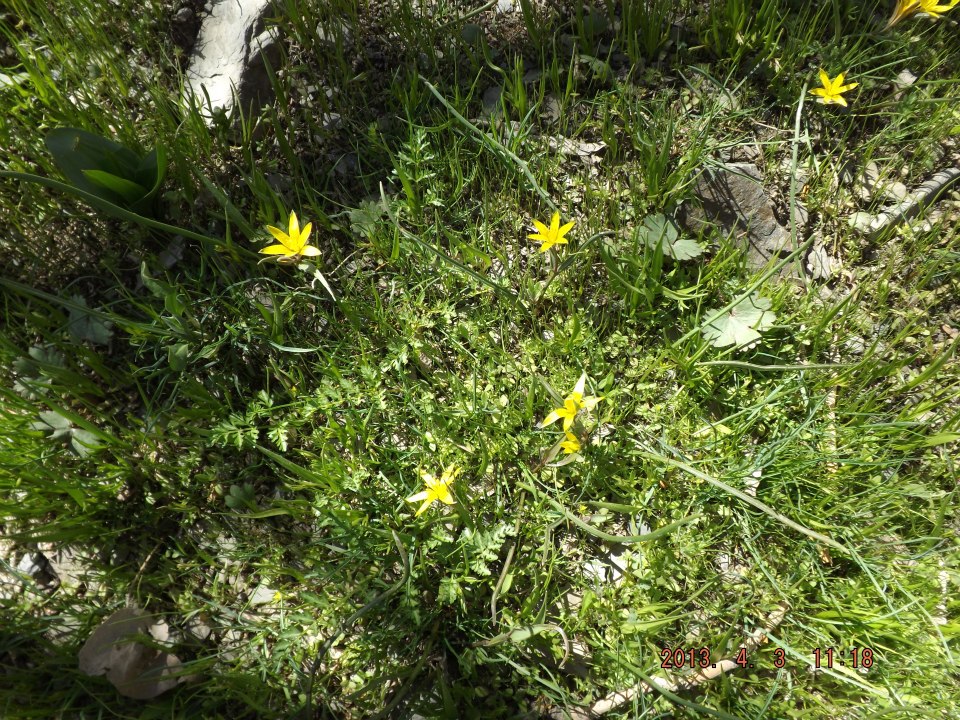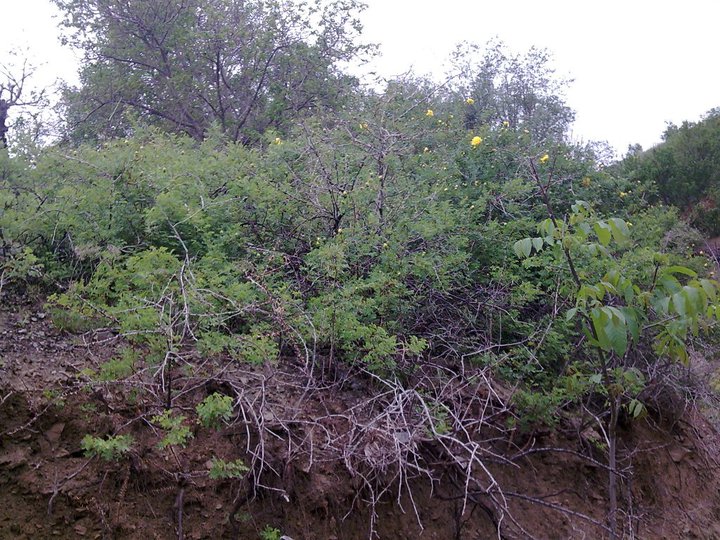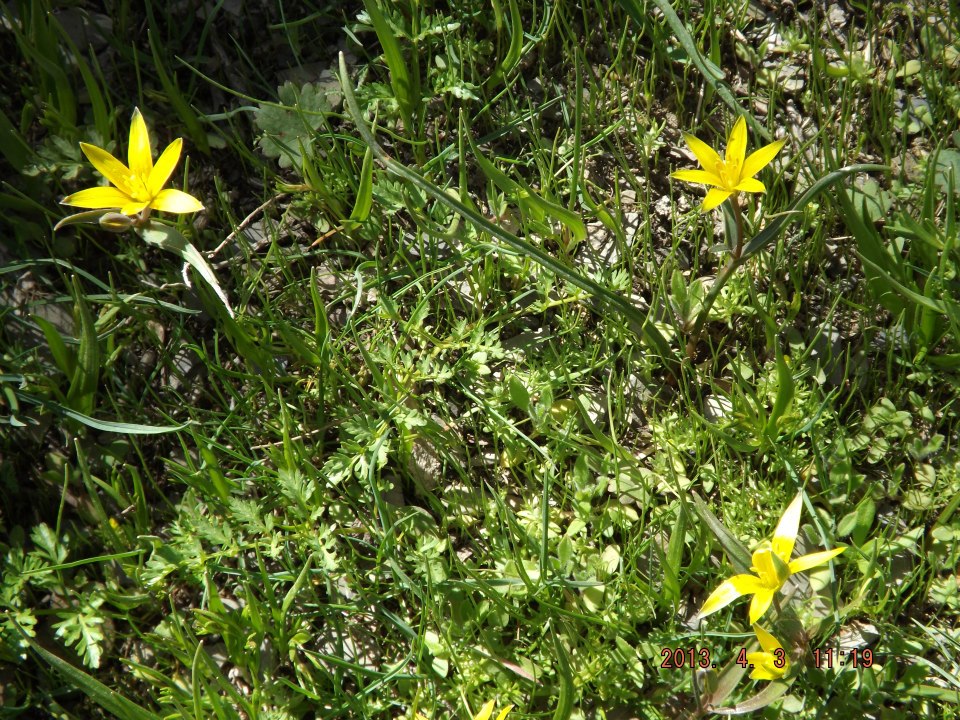By: Ibrahim
Period: (1850-1925)
Muhammad bin Zain al-Abidin bin Karbalai Daud Khorasani, was also known as Fidai Khorasani and Haji Akhund in Iran. He was born in 1850 in Dizbad, a village located in the mountains between Mashhad and Nishapur. He traced his descent from Khaki Khorasani (d. 1646), the famous Ismaili poet. Fidai Khorasani took his formal education in Dizbad and studied in Bakiriya Madrasa in Mashhad. He was knowledgeable in religion since childhood and explored rare historical documents on Ismailism.
He visited India in 1896 for the first time to see Imam Sultan Muhammad Shah, who assigned him to an important teaching position in Iran. He stayed two years in Bombay, and fortunately attended the first marriage of the Imam with Shahzadi Begum in 1897 at Poona. He made his second visit to Bombay in 1900, where he passed few years. In 1903, the Imam appointed him as a mu'allim in Iran and Muhammad Hussain Mahmudi as a Special Commissioner to deal with community affairs with the Persian government. He returned to Iran with a new mandate and visited the different villages to impart religious education to the Ismailis.
In 1906, Fidai Khorasani paid his third and last visit to Bombay, where he had an opportunity to testify in favour of the Imam during the hearings of the Haji Bibi Case. He returned to Khorasan soon after the court’s ruling in Imam’s favour in 1908. In Bombay, he also came into the contact of Mukhi Laljibhai Devraj (1842-1930) and Master Hashim Bogha (1863-1912).
Imam Hasan Ali Shah had made certain arrangements for the affairs of the Ismailis in Iran a few years after his migration. He appointed Mirza Hasan as his estate manager, whose seat was in the village of Sidih, between Qain and Birjand. Mirza Hasan was the son of Mirza Hussain bin Yaqub Shah Qaini, a famous dai in Kohistan who composed numerous religious poems. His family served for 40 years in Iran. Mirza Hasan died in 1888 and his son, Murad Mirza, who rebelled against the Imam, inherited his office. He pretended that he was the leader like his forefathers. He also claimed the rank of hujjat for himself at first, asserting that he was the hujjat capable of having access to the Imam. He prevented the Ismailis of Khorasan from visiting the Imam in India and planted a net of spies everywhere in Iran, forcing the Ismailis to forsake their faith and espouse his creed.
Murad Mirza also advanced his support to Haji Bibi, the widow of Muchul Shah (d. 1903) during the Haji Bibi Case in 1908. Soon afterwards, he propagated that Samad Shah, the son of Haji Bibi was the legitimate successor of Imam Aga Ali Shah, and mustered his group in Khorasan. It should be known that Samad Shah spent 20 years in the armed forces of British India and was in Iraq during the first World War. He took a chance to visit Sidih to meet the supporters of Murad Mirza. He never claimed the Imamate, but it was Murad Mirza, who waged propaganda against the Imam. There were however some differences between Samad Shah and the Imam during the case, which were soon eliminated. The Imam sent him as his special commissioner to Hunza in 1930. When Samad Shah died without a son during the second World War the supporters of Murad Mirza became the Twelvers in Iran.
Imam Sultan Muhammad Shah in the meantime established direct contacts with the Ismailis in Iran to undermine the rebellious mission of Murad Mirza. He sent a special farman in Iran through Fidai Khorasani in 1908 to stop paying their religious tithe to Murad Mirza. In 1910, the Imam introduced certain changes in the religious practices and rituals in Iran. Murad Mirza started to intrigue against the Ismailis. With the help of the local Twelvers, the house of Fidai Khorasani was pillaged in Dizbad when he was on his mission in Qain. Later, a certain Twelver leader, Mulla Muhammad Bakir, gathered a mob and attacked Dizbad to arrest the Ismaili leaders. Fidai Khorasani was on a trip to Birjand, but his brother Hasan and a few others were captured and taken to Darrud, near Nishapur. The guards inflicted on them strokes of a whip, and tortured them severely with sharpnails in prison. They were forced to curse the Imam in public, which they refused with their unwavering faith, and declared boldly, “We will embrace death, but never dwindle our faith.” It was some time later that a gang of local Twelver leaders scourged them to death.
The Imam mobilized his intensive efforts of influences and prevented further massacre of his followers in Iran through the intervention of the British Consul at Mashhad. Fidai Khorasani exhorted Ismaili tariqah to the Ismailis so deeply that Murad Mirza could not withstand and died at the end of 1925.
After providing long and inestimable services to the Ismaili jamats in Iran, Fidai Khorasani died at Dizbad in 1925 and was buried next to the grave of Khaki Khorasani. His authority passed to Sayed Suleman Badakhshani. In the meantime, the Imam also deputed an Indian follower, named Alijah Datoo Meru (1868-1939) as his Special Commissioner in Iran with new guidance. He sailed from Bombay on April 19, 1923 and visited different villages in Iran during his journey for about 11 months and returned to Bombay on February 4, 1924.
Fidai Khorasani was a natural-born speaker and thousands would come to listen him and enjoy the beauty of his oratory. He was also a distinguished writer. He compiled many books, such as "Irshad al-Salikin" (1900), "Kash al-Haq" (1914), "Kitab al-Danish-i Ahl-i binish," "Haqiqat al-Ma'ani", "Diwan" of 12000 verses, and "Kitab-i Hidayat al-Mominin al-Talibin" ed. by A.A. Semenow, Moscow in 1959.
Period: (1850-1925) Muhammad bin Zain al-Abidin bin Karbalai Daud Khorasani, was also known as Fidai Khorasani and Haji Akhund in Iran. He was born in 1850 in Dizbad, a village located in the mountains between Mashhad and Nishapur. He traced his descent from Khaki Khorasani (d. 1646), the famous Ismaili poet. Fidai Khorasani took his formal education in Dizbad and studied in Bakiriya Madrasa in Mashhad. He was knowledgeable in religion since childhood and explored rare historical documents on Ismailism.
Mumtaz Ali Tajddin S. Ali is an popular Ismaili Scholar, He has written biography of ismaili heroes such as Fidai Khorasani in 101 Ismaili Heroes,
Article Source: http://www.positivearticles.com. PositiveArticles.Com does not vouch for or necessarily endorse the contents of this article.


